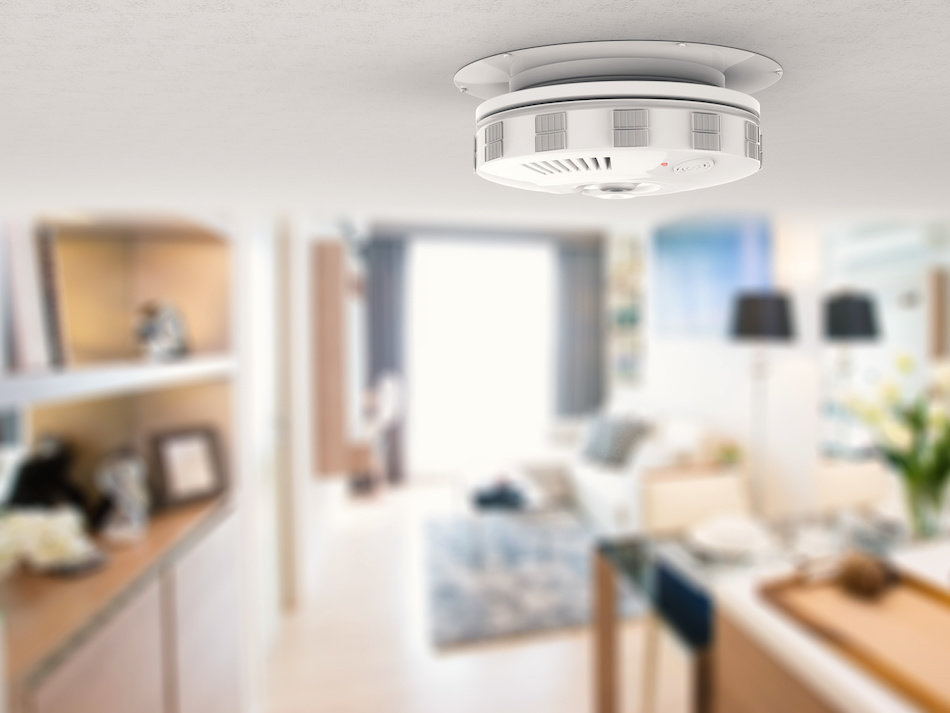Common But Hidden Home Dangers and How to Solve Them
Posted by EdmontonRealEstate .ca on Tuesday, June 25th, 2019 at 2:23pm.
 Hidden problems can present a number of risk factors to families, and they can quietly lurk in the most unexpected places around the home. Here are 3 common home dangers to be on the lookout for and ways to solve any issues encountered during such inspections.
Hidden problems can present a number of risk factors to families, and they can quietly lurk in the most unexpected places around the home. Here are 3 common home dangers to be on the lookout for and ways to solve any issues encountered during such inspections.
Musty Mould and Mildew
Moisture-prone spaces with poor ventilation like bathrooms and basements create ideal havens for issues like mildew and mould. While mildew is unsightly and smelly, it's not nearly as dangerous to one's health as the presence of mould can be. Mould is known to cause chronic respiratory diseases, lung infections, eye irritation, sinus congestion and exacerbate allergies in humans and animals.
If mould is detected, eradication and removal is necessary immediately. To prevent recurrences, fix the moisture presence causing the problem and perform regular inspections of at-risk areas. Take additional precautions by utilizing overhead vents and dehumidifiers in moist environments.
Lead in Paint and Water
Lead is most commonly an issue in older homes constructed pre-1980 before the vast health dangers of lead poisoning associated with lead-based pipes and paints were understood. Common symptoms may include headaches, memory problems, abdominal pain, irritability, constipation and can even lead to infertility with extended exposure. Fortunately, home testing kits are widely available to check for lead in water and paint.
Homes with lead based pipes can be resolved in two ways: replace old metal pipes with modern PEX piping or utilize a water filtration system to eliminate lead. Re-piping a home can cost thousands of dollars, while filtration systems are immediately effective and affordable. If lead paint is detected, call a professional to remove the old paint, and only repaint with low or no volatile organic compound products.
Asbestos
Asbestos is a mineral fiber that was used in home construction in the early to mid 20th century. Although it was banned from a variety of products starting in the 1970's, it remains in many homes. Asbestos can be found in duct work, siding, flooring, ceiling tiles and a variety of other surfaces in the home.
Asbestos is dangerous when it is damaged. Friable asbestos releases fibers into the air, and these fibers are dangerous if inhaled. Homeowners can find out which parts of their home contain asbestos by having their house inspected by an expert. Once the home is inspected, the homeowner can decide how to manage the asbestos. The contractor who inspects the home may recommend leaving the asbestos in place, if it is not a danger to the home's inhabitants. If the asbestos is friable, the contractor will likely recommend removal.
Carbon Monoxide—A Silent But Deadly Foe
Carbon monoxide is an odourless, toxic gas that's emitted when fossil fuels are being burned amid improperly ventilated areas. Gas appliances, gas furnaces, wood burning stoves, space heaters, tobacco smoke and fireplaces are common sources of carbon monoxide exposure in homes. Outfitting the home with functional carbon monoxide detectors on every level of the home for peace of mind. Test the detectors regularly and replace the batteries as needed. Consider adding a few plants in the home that naturally reduce carbon monoxide.
Looking for more advice concerning hidden home dangers? Contact a Windermere home improvement expert for additional tips and resolutions.

